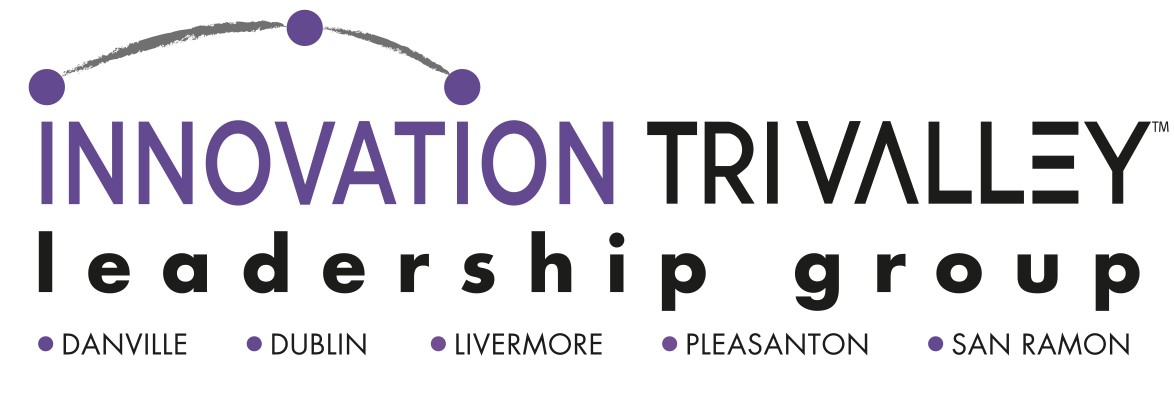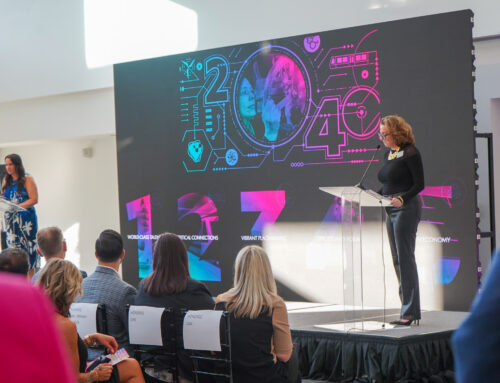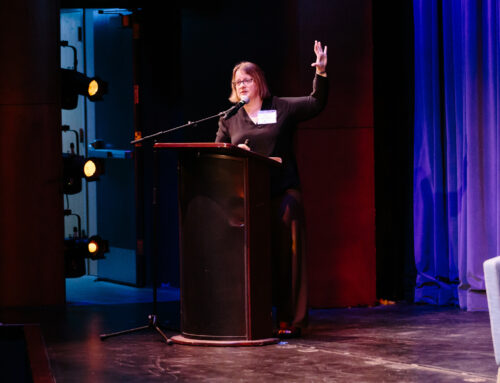Note: This is a copy of a press release issued by the Lawrence Livermore National Laboratory on October 5, 2012. The original press release can be found on www.llnl.gov.
Lawrence Livermore National Laboratory’s Sequoia supercomputer has received a 2012 Breakthrough Award from Popular Mechanics magazine. Sequoia, an IBM BlueGene/Q machine, is ranked No. 1 on the industry-standard TOP500 list of the world’s fastest high performance computing systems.
Bruce Goodwin, principal associate director for Weapons and Complex Integration (WCI), Michel McCoy, head of LLNL’s Advanced Simulation and Computing (ASC) program, and Michael Rosenfield of IBM accepted the award at a ceremony in New York City Oct. 4.
The annual Popular Mechanics Breakthrough Awards recognize the 10 top “world-changing” innovations each year in fields ranging from computing and engineering to medicine, space exploration and automotive design.
Breakthrough Awards are given in two categories: innovators, whose inventions will make the world smarter, safer and more efficient in the years to come, and products, which are setting benchmarks in design and engineering today.
Goodwin, who participated in a panel discussion about technological innovation prior to the award ceremony, said Sequoia’s power “enables us to think about the engineering of very complicated things and bring them to market faster by dramatically reducing the prototyping process.
“If we can do testing through simulation, we can answer many of the ‘what ifs’ using uncertainty quantification before we even build a prototype,” Goodwin said. “When building airplanes, refrigerators, and other products, if you can cut years off of the development cycle, you’re going to have a significant advantage over your competition.”
Uncertainty quantification, or “UQ,” is the quantitative characterization and reduction of uncertainty in computer applications through running very large suites of calculations to characterize the effects of minor differences in the systems. Sources of uncertainty are rife in the natural sciences and engineering fields. UQ uses statistical methods to determine likely outcomes.
“We are excited to recognize this year’s list of incredible honorees for their role in shaping the future,” said James Meigs, editor-in-chief of Popular Mechanics. “From a featherweight metal to the world’s fastest and most electrically efficient supercomputer, this year’s winners embody the creative spirit that the Breakthrough Awards were founded upon.”
The ‘breakthrough’ technologies will be featured in the magazine’s November edition, which will hit the newsstands later this month. More about the technologies receiving awards this year is available at the magazine Website.
Sequoia was brought on line earlier this year and continues to undergo shakeout testing. Clocking 16.3 petaflops (quadrillion floating point operations per second), Sequoia was not only ranked the world’s fastest supercomputer in June, but was also No. 1 on the Green 500 as the most energy efficient HPC system and No. 1 on the Graph 500, the ability to solve big data problems – finding the proverbial needle in a haystack. Sequoia’s processing power is roughly equivalent to that of 2 million laptops.
Sequoia is running unclassified applications as a part of the testing required before it transitions to classified nuclear weapons stockpile stewardship computing for ASC in early 2013. As Sequoia is being sited, its computational power is being used to model and simulate the human heart in three dimensions at unprecedented resolution. See the latest edition of Science & Technology Review for more about the heart simulation.






